Younge, John Campbell (Flight Lieutenant)
Killed in Action 1944-September-06
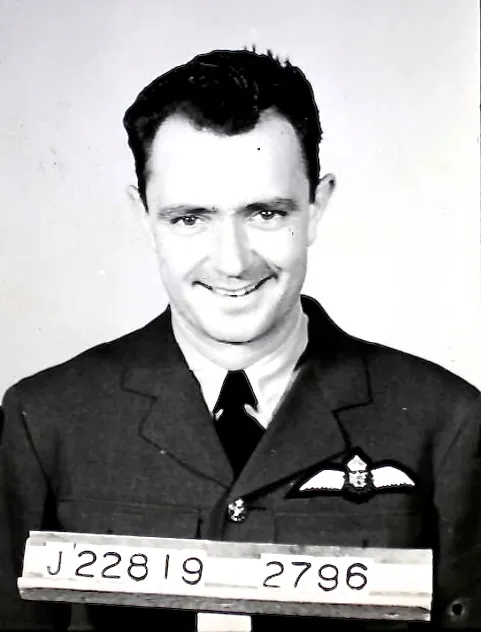

Birth Date: 1914-September-01
Born:
Parents: Son of Adair and Mae Younge, of Camrose, Alberta.
Spouse:
Home: Camrose, Alberta
Enlistment:
Enlistment Date: unkown date
Service
RCAF
Unit
414 Sqn- Squadron
Totis Viribus With All our Might
Base
Rank
Flight Lieutenant
Position
Pilot
Service Numbers
J/22819
Home
Spitfire serial: MK416
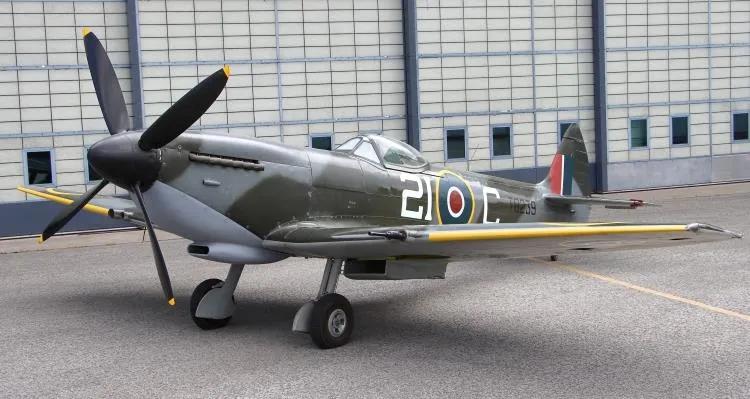
The Supermarine Spitfire is a British single-seat fighter aircraft that was used by the Royal Air Force and other Allied countries before, during, and after World War II. Many variants of the Spitfire were built, using several wing configurations, and it was produced in greater numbers than any other British aircraft. It was also the only British fighter produced continuously throughout the war. The Spitfire continues to be popular among enthusiasts; around 70 remain airworthy, and many more are static exhibits in aviation museums throughout the world.
The Spitfire was designed as a short-range, high-performance interceptor aircraft by R. J. Mitchell, chief designer at Supermarine Aviation Works, which operated as a subsidiary of Vickers-Armstrong from 1928. Mitchell pushed the Spitfire's distinctive elliptical wing with cutting-edge sunken rivets (designed by Beverley Shenstone) to have the thinnest possible cross-section, helping give the aircraft a higher top speed than several contemporary fighters, including the Hawker Hurricane.
The Spitfire had detachable wing tips which were secured by two mounting points at the end of each main wing assembly. When the Spitfire took on a role as a high-altitude fighter (Marks VI and VII and some early Mk VIIIs), the standard wing tips were replaced by extended, "pointed" tips which increased the wingspan from 36 ft 10 in (11.23 m) to 40 ft 2 in (12.24 m). The other wing-tip variation, used by several Spitfire variants, was the "clipped" wing; the standard wing tips were replaced by wooden fairings which reduced the span by 3 ft 6 in (1.07 m). The wing tips used spruce formers for most of the internal structure with a light alloy skin attached using brass screws.
Due to a shortage of Brownings, which had been selected as the new standard rifle calibre machine gun for the RAF in 1934, early Spitfires were fitted with only four guns, with the other four fitted later. Early tests showed that, while the guns worked perfectly on the ground and at low altitudes, they tended to freeze at high altitude, especially the outer wing guns, because the RAF's Brownings had been modified to fire from an open bolt. While this prevented overheating of the cordite used in British ammunition, it allowed cold air to flow through the barrel unhindered. Supermarine did not fix the problem until October 1938, when they added hot air ducts from the rear of the wing-mounted radiators to the guns, and bulkheads around the gunbays to trap the hot air in the wing. Red fabric patches were doped over the gun ports to protect the guns from cold, dirt, and moisture until they were fired.
The first Rolls-Royce Griffon-engined Mk XII flew in August 1942, and first flew operationally with 41 Squadron in April 1943. This mark could nudge 400 mph (640 km/h) in level flight and climb to an altitude of 33,000 ft (10,000 m) in under nine minutes. As American fighters took over the long-range escorting of USAAF daylight bombing raids, the Griffon-engined Spitfires progressively took up the tactical air superiority role, and played a major role in intercepting V-1 flying bombs, while the Merlin-engined variants (mainly the Mk IX and the Packard-engined Mk XVI) were adapted to the fighter-bomber role. Although the later Griffon-engined marks lost some of the favourable handling characteristics of their Merlin-powered predecessors, they could still outmanoeuvre their main German foes and other, later American and British-designed fighters.Wikipedia
![]() Wikipedia Supermarine Spitfire
Wikipedia Supermarine Spitfire
Unit Desciption
414 Sqn Totis Viribus ("Sarnia Imperials")
History of the Squadron during World War II (Aircraft: Lysander III, Tomahawk I & II, Mustang I, Spitfire X)
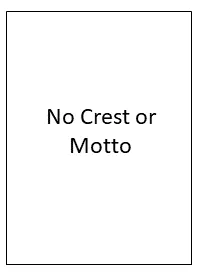
Note that during WWII the squadron had no crest nor motto. These were awarded later. The squadron was unofficially known as the “Sarnia Imperialsâ€.
No. 414 Squadron was formed as the RCAF's 12th squadron formed overseas in WWII, at Croydon, Surrey, UK ![]() . It was the second Army Co-operation unit to be formed in this group, and was initiated on 13 August 1941. In the early days, it flew Westland Lysander Mk. III aircraft before flying Curtiss Tomahawk Mks. I and II (both non-operationally). It saw no action in the AC role since no army units were active in Europe. On 28 June 1943 the unit was re-designated a Fighter Reconnaissance unit at Dunsfold, Surrey. Thereafter, the squadron joined the 2nd Tactical Air Force. By now it was flying North American Mustang Mk. I aircraft. The duties were to provide intelligence, such as photographic reconnaissance before and after D-Day, and tactical reconnaissance once the invasion had taken hold. The squadron was issued with Supermarine Spitfire aircraft and moved to France in August 1944, and thereafter followed the Allied armies in their progress through France, the Low Countries and Germany, providing reconnaissance for them. The squadron was disbanded at Luneburg, Germany
. It was the second Army Co-operation unit to be formed in this group, and was initiated on 13 August 1941. In the early days, it flew Westland Lysander Mk. III aircraft before flying Curtiss Tomahawk Mks. I and II (both non-operationally). It saw no action in the AC role since no army units were active in Europe. On 28 June 1943 the unit was re-designated a Fighter Reconnaissance unit at Dunsfold, Surrey. Thereafter, the squadron joined the 2nd Tactical Air Force. By now it was flying North American Mustang Mk. I aircraft. The duties were to provide intelligence, such as photographic reconnaissance before and after D-Day, and tactical reconnaissance once the invasion had taken hold. The squadron was issued with Supermarine Spitfire aircraft and moved to France in August 1944, and thereafter followed the Allied armies in their progress through France, the Low Countries and Germany, providing reconnaissance for them. The squadron was disbanded at Luneburg, Germany ![]() on August 7, 1945.
on August 7, 1945.
In the course of WWII the squadron flew over 6,000 sorties for the loss of 23 pilots, 19 of whom were killed or missing, the remaining 4 being POWs. They claimed 29 enemy aircraft destroyed, 1 probable and 11 damaged. On ground attack, they accounted for 76 locomotives and other miscellaneous targets. The squadron produced one ace, Flight Lieutenant D.I. Hall DFC. Awards gained were 2 Bars to DFC, 16 DFCs and 3 MiD. Battle Honours were:Defence of Britain 1942-43, Fortress Europe 1942-44, Dieppe, France and Germany 1944-45: Normandy 1944, Arnhem Rhine, Biscay 1943Wikipedia, Kostenuk and Griffin
Maps for Movements of 414 Squadron 1941-45
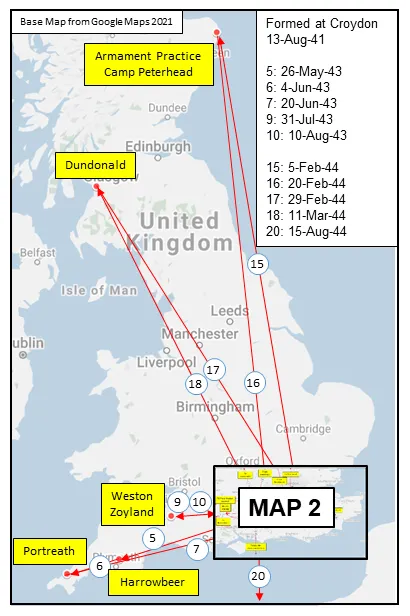
MAP 1: 414 Squadron Movements in Britain 1941-44 (right-click on image to display enlarged in new tab)
|
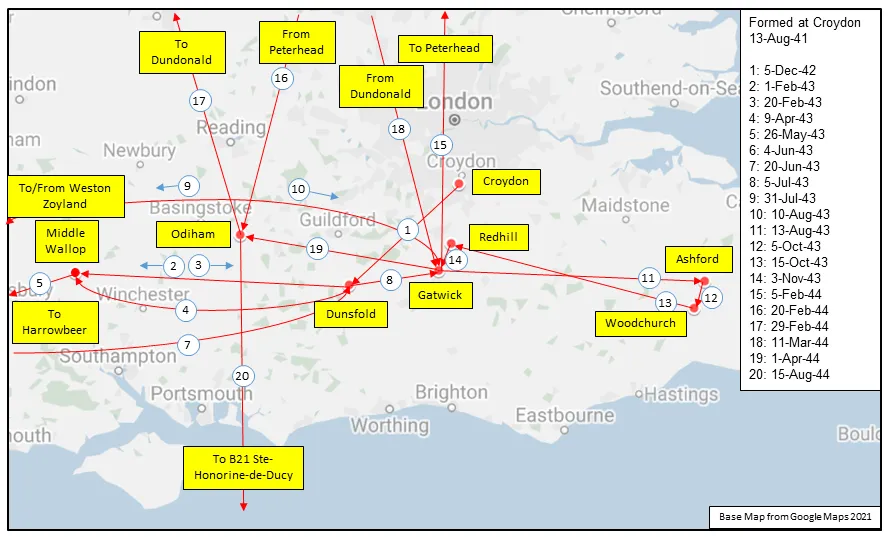
MAP 2: 414 Squadron Movements Detail of Map 1
|
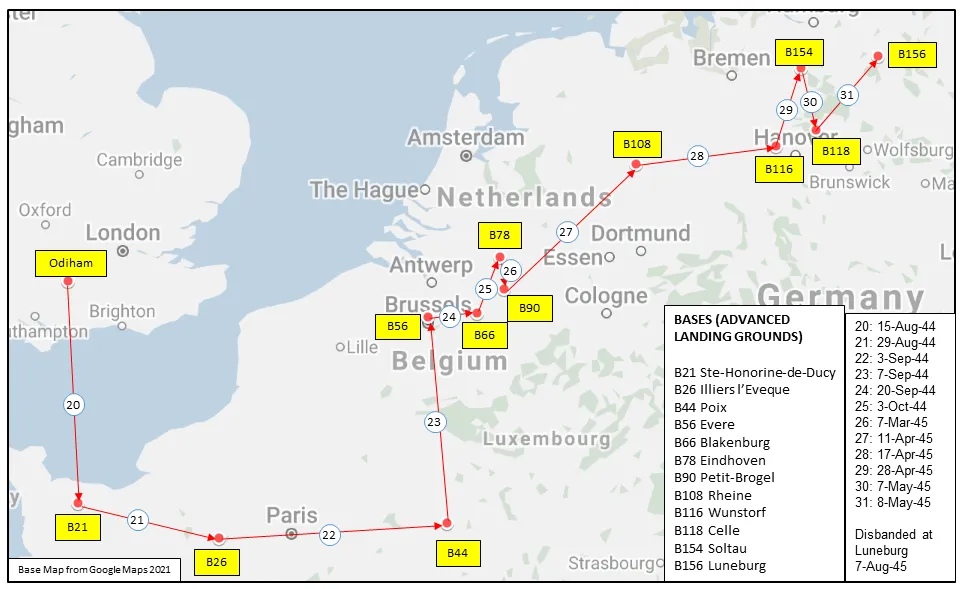
414 Squadron History Summary 1941-45
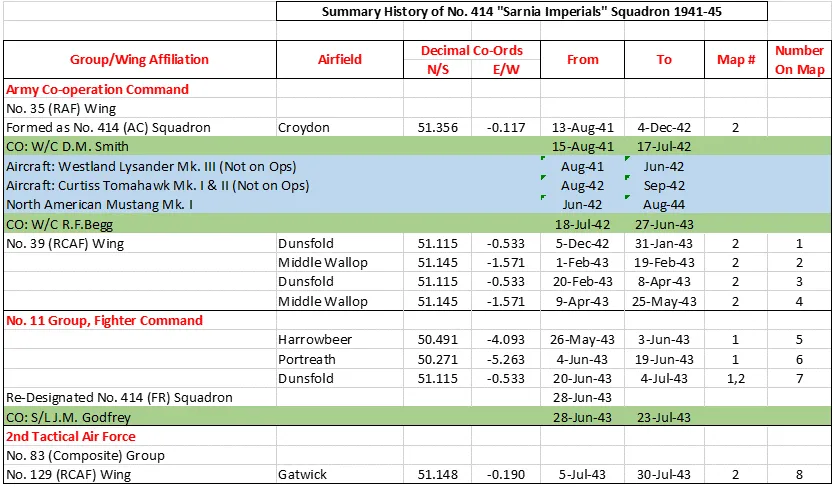
414 Squadron History Summary 1941-45 Page 2
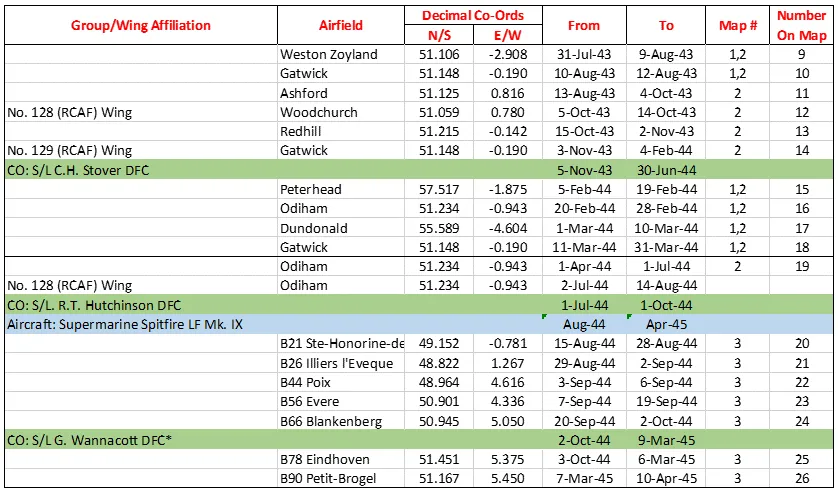
414 Squadron History Summary 1941-45 Page 3

History of the Squadron Post-WWII (Aircraft: Dakota IIIP & IVP, Sabre 4, 5, 6, Canuck, Voodoo, Silver Star)
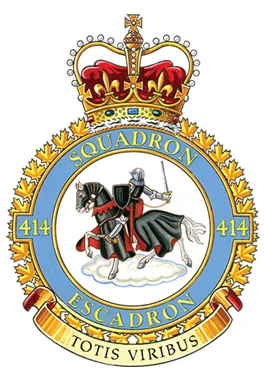
Unofficially, No. 14 (Photographic) Squadron at Rockcliffe (Ottawa), Ontario ![]() was formed on 12 June 1944, and it was officially renumbered No. 414 on 1 April 1947. The squadron flew Douglas Dakota IIP and IVP aircraft on vertical photographic duty, to photograph 323,754 square miles (838,520 km2) of Canada's North. When this task was completed the squadron was disbanded on 1 November 1950.
was formed on 12 June 1944, and it was officially renumbered No. 414 on 1 April 1947. The squadron flew Douglas Dakota IIP and IVP aircraft on vertical photographic duty, to photograph 323,754 square miles (838,520 km2) of Canada's North. When this task was completed the squadron was disbanded on 1 November 1950.
The squadron was re-formed as a Fighter unit at Bagotville, Quebec ![]() on 1 November 1952, equipped with Canadair Sabre aircraft. It later joined No. 4 (Fighter) Wing at Baden-Soellingen, Germany
on 1 November 1952, equipped with Canadair Sabre aircraft. It later joined No. 4 (Fighter) Wing at Baden-Soellingen, Germany ![]() in August 1953. In 1956, it was decided to replace one Sabre squadron in each of No. 1 Air Division Europe’s four wings with an all-weather fighter unit. When No. 419 AW(F) Squadron arrived from Canada, No. 414 was deactivated on 14 July 1957 and reactivated as All-Weather (Fighter) at North Bay, Ontario
in August 1953. In 1956, it was decided to replace one Sabre squadron in each of No. 1 Air Division Europe’s four wings with an all-weather fighter unit. When No. 419 AW(F) Squadron arrived from Canada, No. 414 was deactivated on 14 July 1957 and reactivated as All-Weather (Fighter) at North Bay, Ontario ![]() on 5 August 1957. The squadron flew CF-100 and CF-101 aircraft on North American air defence until disbanded on 30 June 1964.
on 5 August 1957. The squadron flew CF-100 and CF-101 aircraft on North American air defence until disbanded on 30 June 1964.
The squadron re-formed once again at RCAF Station St-Hubert, Quebec ![]() , on September 15, 1967 as 414 Electronic Warfare Squadron, with CF-100 aircraft. The unit provided Air Defence Command ground control radar personnel and airborne interceptor crews with training and experiences in combating radar jamming. On 1 February 1968 the squadron was integrated into the Canadian Armed Forces. In August 1972, 414 moved to Canadian Forces Base North Bay and stayed there until 1992, when they were split in two with one part going to Canadian Forces Base Comox, British Columbia
, on September 15, 1967 as 414 Electronic Warfare Squadron, with CF-100 aircraft. The unit provided Air Defence Command ground control radar personnel and airborne interceptor crews with training and experiences in combating radar jamming. On 1 February 1968 the squadron was integrated into the Canadian Armed Forces. In August 1972, 414 moved to Canadian Forces Base North Bay and stayed there until 1992, when they were split in two with one part going to Canadian Forces Base Comox, British Columbia ![]() as 414 Composite Squadron and the other part going to Canadian Forces Base Shearwater, Nova Scotia as 434 Composite Squadron. 414 changed its name to Combat Support Squadron in 1993 when it was equipped with the CT-133 Silver Star. In 2002, 414 Squadron was disbanded and its remaining two aircraft retired.
as 414 Composite Squadron and the other part going to Canadian Forces Base Shearwater, Nova Scotia as 434 Composite Squadron. 414 changed its name to Combat Support Squadron in 1993 when it was equipped with the CT-133 Silver Star. In 2002, 414 Squadron was disbanded and its remaining two aircraft retired.
On 7 December 2007 approval was received for the squadron to stand up once more, this time as 414 EWS (Electronic Warfare Support) Squadron. Belonging to the RCAF Aerospace Warfare Centre, the squadron is based in Ottawa and is composed of military Electronic Warfare Officers who fulfill the combat support role, flying on civilian contracted aircraft.